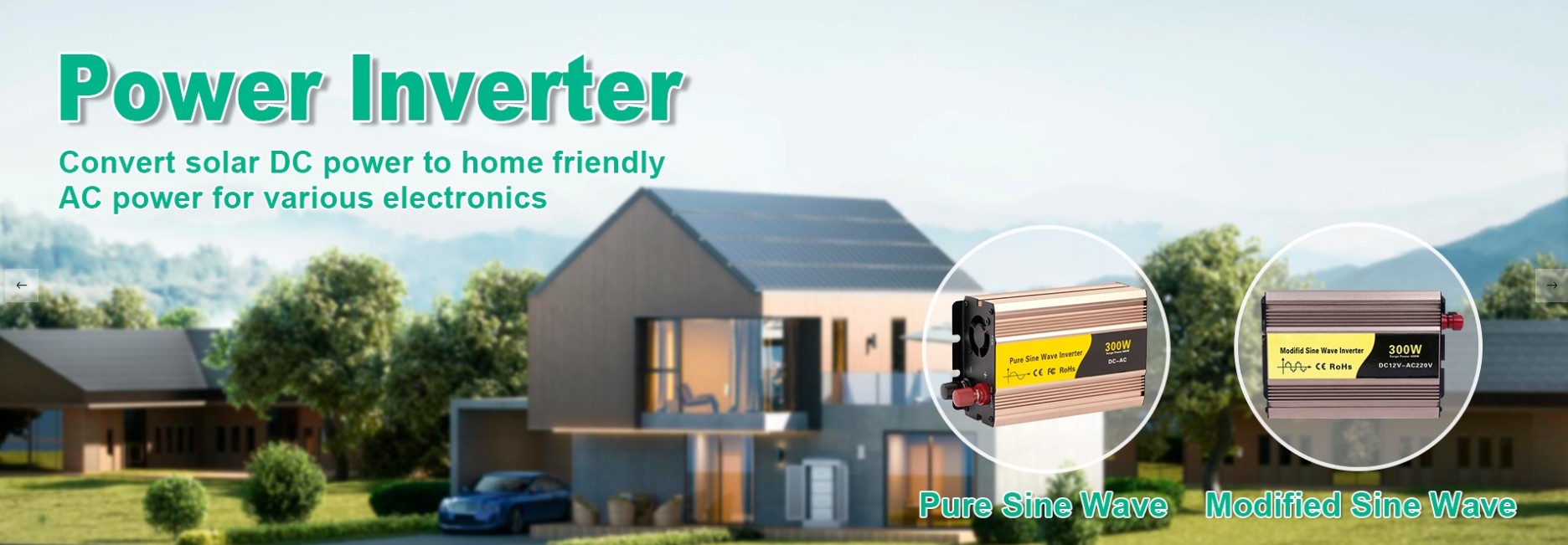

An off-grid inverter is a device that converts direct current (DC) power generated by renewable energy sources, such as solar panels or wind turbines, into alternating current (AC) power that can be used by household appliances and electronic devices. These inverters are crucial for independent power systems, especially in areas without access to a traditional power grid. They enable the use of renewable energy sources to generate electricity independently, providing power in remote locations such as deserts, mountains, and forests.
Off-grid inverters work by boosting the DC input voltage using a push-pull mechanism and then using an inverter bridge with Sinusoidal Pulse Width Modulation (SPWM) technology to produce a stable AC output. They also manage the flow of power between the batteries and the electrical load, ensuring a consistent and reliable power supply. Many off-grid inverters include a solar charge controller and an automatic generator starter module, which help manage the charging of batteries from solar panels and backup generators.
These inverters are widely used in various applications, including powering homes and businesses in remote areas, providing backup power during outages, and supporting mobile applications such as RVs and boats. They are also essential in emergency situations, where they can provide power for critical services like communication devices and medical equipment. Off-grid inverters offer several advantages, such as independence from the main grid, stable and reliable power supply, energy efficiency, environmental friendliness, and adaptability to different environments.
